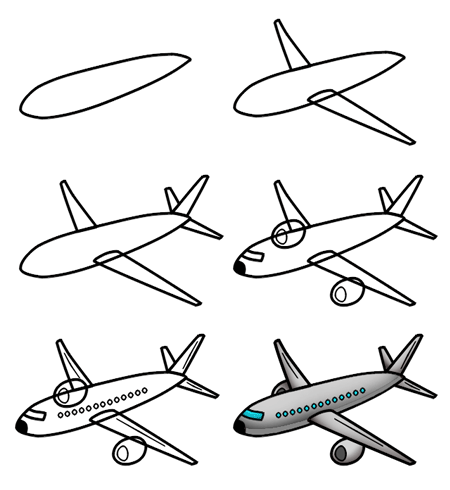How to Design Airplane Drawings

Designing airplane drawings is a simple enough task as long as one understands the basic structure and purpose of each of the airplane’s various components. Whether one is an engineer designing a new prototype or someone playing around with new designs at home there are certain rules that have to be followed.
Things required:
– the drawing tools, these can be both for digital art or old paint on canvas/ink on paper.
– understanding of an airplane’s vital components
– a rough idea of what you want to do
– understand vital components of an airplane such as the engine/propeller, the wings, the tail and fuselage.
Instructions
-
1
Start by drawing a rough outline of the airplane using a light brush tool or a light pencil. This will form the basic outline and make as many changes as you would like here. Consider this to be the rough draft of your airplane drawing so do not worry if you have to make changes.
-
2
Add in the full outline now with a darker brush tool or pencil/marker. Make sure you keep this smooth and straight while adding the appropriate contours. We advise keeping a reference image to keep checking on.
-
3
The main concept here is to start from the nose of the plane and work your way back based on the outline. The nose should be followed by the cockpit, the wings and finally the rear of the plane. Take your time and do not rush your work.
-
4
Add details once the basic outline has been made. These can include fuel sockets, warning signs, branding, custom paint and component holders and shelves. Try to make it as authentic as possible by adding all of the details.
-
5
Add the lights on the tip of the wings and the tail of the plane. This will highlight your level of accuracy.
-
6
Begin colouring or inking the drawing in or leave it black and white if you prefer it that way.
-
7
Make sure that the wings look realistic and do not make wings that are too large or too small without giving a logical reason as to why. The Mirage had sharper wings in an effort to gain more speed and the Euro-fighter also had two wings in the front to increase maneuverability. So add features with some logic. Stay true to the original design concept.







